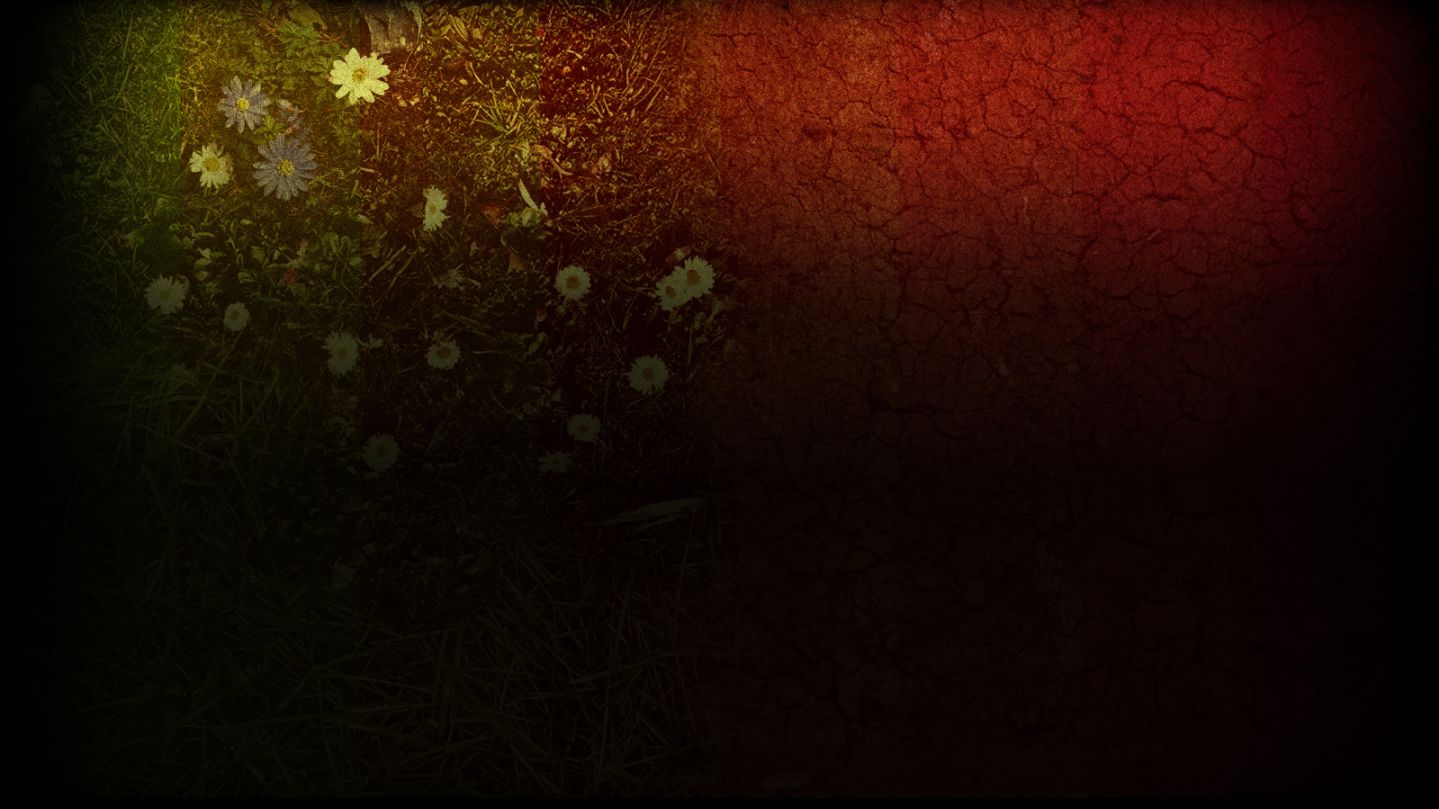Editor’s Note: CNN Opinion columnist John D. Sutter is reporting on a tiny number – 2 degrees – that may have a huge effect on the future. You can subscribe to the “2 degrees” newsletter or follow him on Facebook, Twitter and Instagram. He’s jdsutter on Snapchat. You can shape this coverage.
Have you ever seen ice – like really seen ice?
Olafur Eliasson, an Icelandic-Danish artist who lassoed and transported tons of ice from Greenland to Paris for a new climate change-inspired exhibit, bets you haven’t.
“The truth is the ice is amazing. It’s so touching to look at,” he told me, standing in front of 12 hunks of Greenland that glittered blue-white in front of the Pantheon in Paris. The ice blocks – totaling nearly 100 tons, he told me – are arranged in the shape of a clock. You can see streaks of air and tiny bubbles in the ice. Put your ear to it, as I did at Eliasson’s suggestion, and you hear a faint crackling sound. “It’s a little concert,” he said. “It’s a little ice concert.”
The outdoor exhibit, called Paris Ice Watch, is meant to focus the world’s attention on the increasingly ephemeral nature of these amazing ice hunks. Not too far away, in a Parisian suburb, officials from 195 countries are meeting at the U.N. COP21 climate change summit to try to figure out how to curb the most disastrous consequences of global warming.
Paris Ice Watch is a reminder that the ice is melting as they talk.
“It sort of looks like a dial on the watch,” Eliasson said of his creation. “The title ‘Ice Watch’ is also about watching the time.”
When I met Eliasson on Thursday, the day the installation opened, he expected it to be gone in perhaps a week. Even when we met, there was enough chilly water pooling on the ground to start to seep through my shoes.
The 47-year-old also aims to strike an emotional chord with people who encounter the massive exhibit, put their hands and ears on the ice and snap selfies with it.
“Let’s show the glacier is actually real. It’s actually there,” he told me. “It’s just not some abstract thing people talk about if you’re a scientist.”
He thinks that relationship with the ice – seeing its surprisingly bright blues and greens, noticing the tiny air bubbles trapped inside – will encourage people to want to protect it. It also might get them thinking about the fact that the Arctic is warming about twice the rate of the rest of the planet, thanks to pollution from burning fossil fuels for electricity and heat.
“We know so much about the climate right now,” he said. “And I’m very curious about how do we translate all of this knowledge into action.”
I found the demonstration quite effective. Negotiators from around the world are haggling over a draft agreement that could be turned into something final as soon as Friday. As they do, they’d be wise to think of Eliasson and his exhibit on Greenland. This is likely to be the hottest year on record. If all of Greenland melted, which could happen if we let climate change run amok, global seas would rise perhaps 7 meters.
“It’s not just a fantasy,” the artist said. “It’s something that’s right here and now.”
Eliasson told me the ice hunks already had calved off of Greenland before his crew lassoed them and transported the ice to Paris. That’s important, he said, because it means he didn’t contribute to removing ice directly from Greenland. This stuff already was floating away. Another green consideration: He weighed the climate pollution associated with this trek – but decided it was worth it if the exhibit helped wake the world up to the urgency of climate change.
He’s optimistic world leaders will reach a deal in Paris.
Since we humans were able to create this mess, he told me, we can fix it.
“We underestimate how amazing we are as people.”
Sign up for the Two° newsletter
John Sutter on Twitter
Read more in the Two° series



